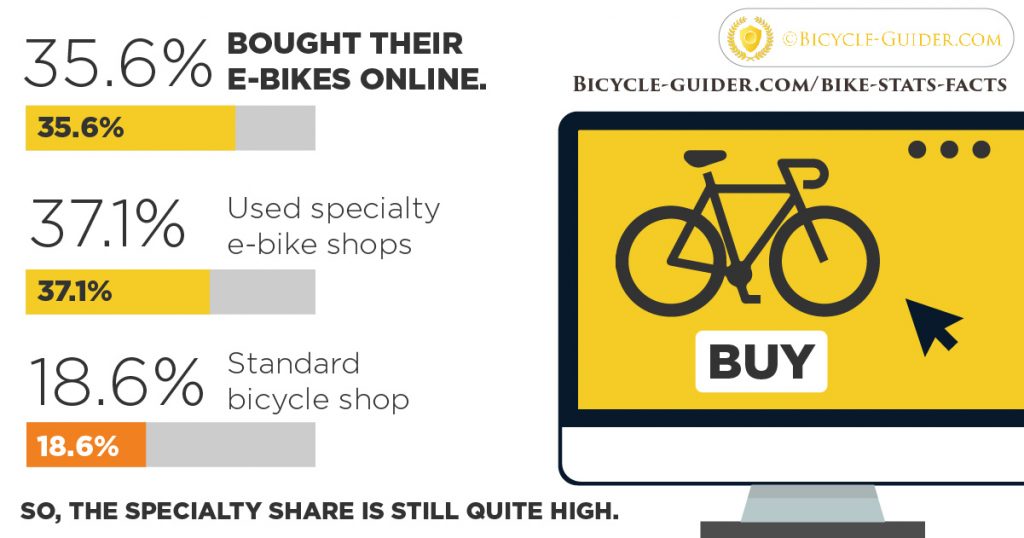Before you get on your e-bike and hit the streets, it's important to understand the laws and laws that regulate your city. From rate limitations to marked riding locations, there's a great deal to take into consideration to ensure you're compliant and safe. By acquainting yourself with the rules certain to e-bikes, you'll be better furnished to enjoy your rides with no unanticipated lawful issues. Stay tuned to uncover key understandings that will certainly help you navigate the e-bike landscape in your city seamlessly.
Understanding E-Bike Classification
When it comes to browsing the world of e-bike laws and laws, a vital beginning point is recognizing the category system that categorizes these electrical bikes. E-bikes are usually classified into 3 major groups: Class 1, Course 2, and Class 3.
Class 1 e-bikes are pedal-assist only, suggesting they provide help while the motorcyclist is pedaling and have a maximum speed of 20 mph. These bikes are allowed in areas where traditional bikes are allowed.
Class 2 e-bikes are geared up with a throttle that can move the bike without pedaling. They also have a maximum speed of 20 miles per hour and are suitable for cyclists that may require aid without pedaling continually.
Course 3 e-bikes are similar to Course 1 however with a higher maximum speed of 28 mph. These bikes are commonly limited from particular bike courses or tracks due to their higher speeds.
Recognizing these categories is vital for abiding by regional laws and making sure a secure and enjoyable e-biking experience.
Navigating Rate Restrictions and Restrictions
To properly navigate e-bike regulations and laws, it's essential to understand the rate limits and constraints that apply to different courses of electric bikes.
Rate restrictions for e-bikes differ relying on the classification of the bike. Class 1 e-bikes, which are pedal-assist only and have a maximum speed of 20 miles per hour, are usually allowed on bike lanes and courses.
Class 2 e-bikes, which have a throttle along with pedal-assist and additionally get to speeds of up to 20 miles per hour, might be restricted in specific areas where motorized vehicles aren't permitted.
Course 3 e-bikes, with pedal-assist up to 28 mph, are generally required to adhere to the same regulations as conventional bicycles.
It's important to comply with these speed limitations and restrictions to ensure your safety and security and the safety of others on the road. Prior to riding your e-bike, familiarize yourself with the certain regulations in your city to prevent any type of prospective penalties or lawful concerns.
Where to Trip Your E-Bike
To figure out where you can ride your e-bike, it's necessary to be aware of the guidelines and standards particular to your place. In many locations, e-bikes are usually allowed on roads and roads where traditional bicycles are allowed. This may include bike lanes, bike paths, and shared streets. However, it's essential to examine local legislations as some cities may have details limitations on where e-bikes can be ridden.
When riding your e-bike, constantly focus on safety by complying with traffic rules and appreciating pedestrian pathways. Furthermore, be mindful of any designated bike lanes or paths in your area and utilize them whenever feasible to make sure a smoother and safer ride.
Some cities also have regulations concerning e-bike usage on walkways, so make sure to familiarize yourself with these rules to stay clear of any kind of penalties or penalties.
Final thought
Since you recognize with the legislations and guidelines surrounding e-bikes in your city, you can confidently hit the road recognizing where you can ride and what restrictions put on your e-bike classification. Keep in https://www.pressadvantage.com/organization/zugo-bike to always prioritize security and follow the regulations to ensure a smooth and legal adventure. Delighted riding!
